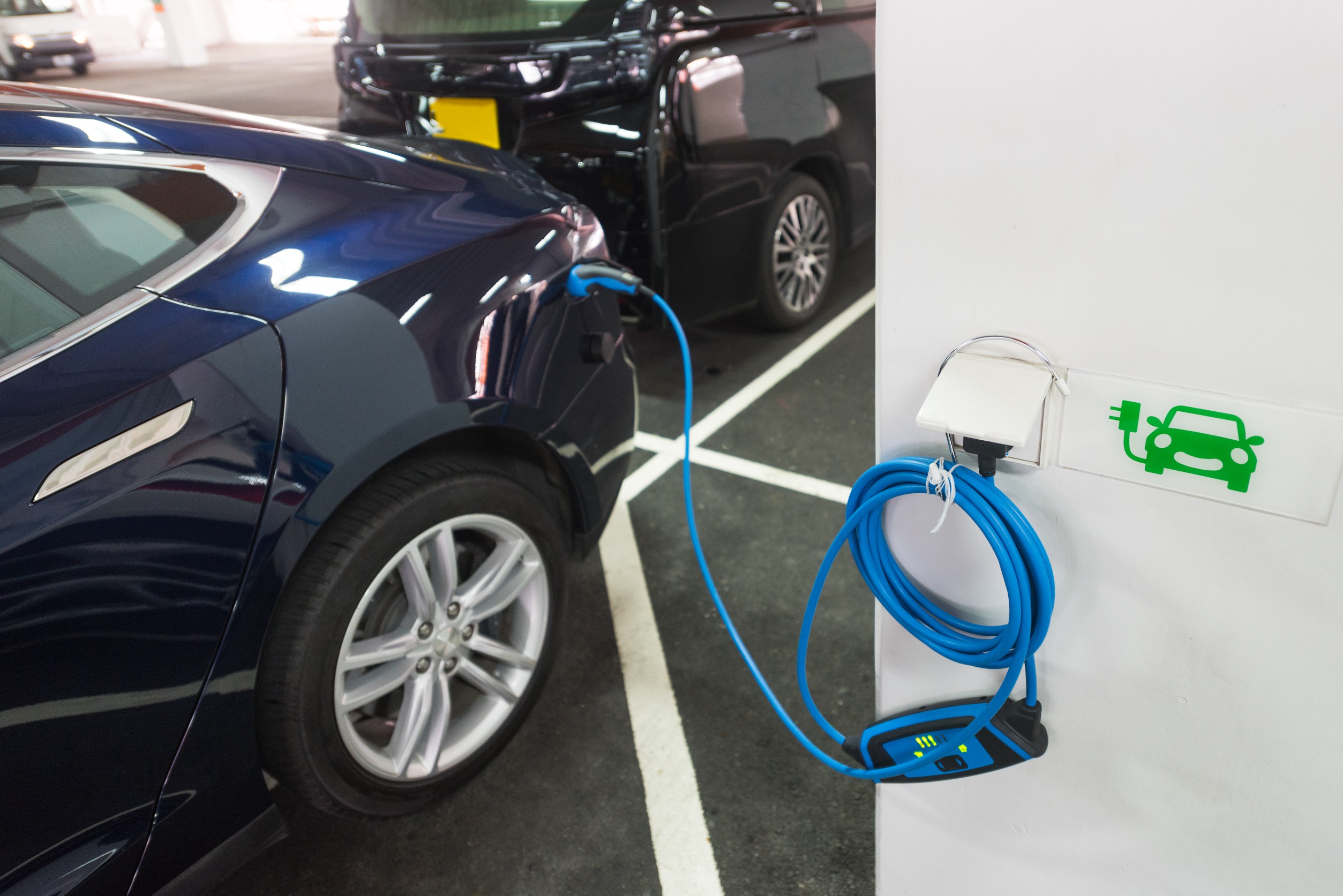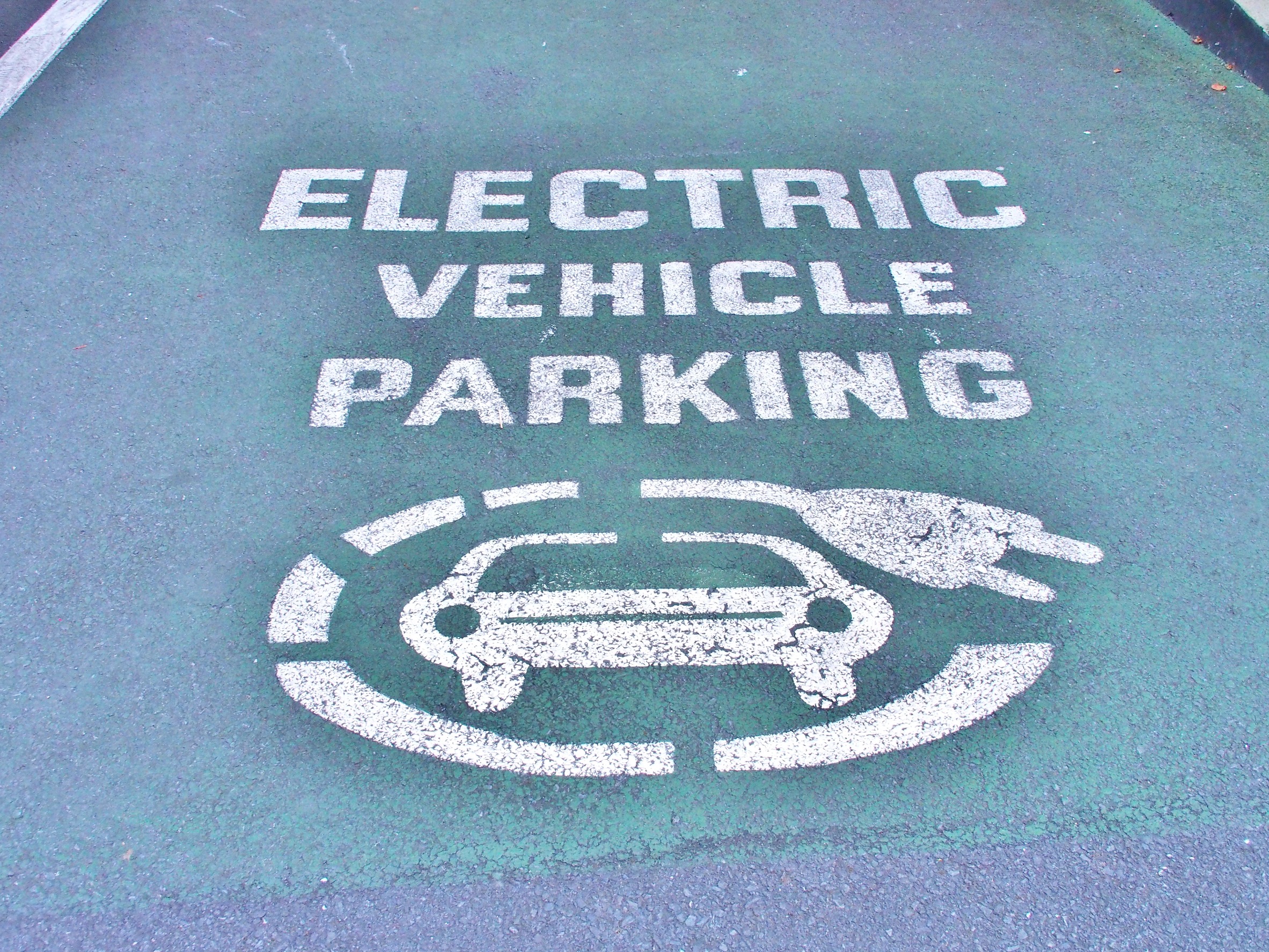13 Reasons Why Electrify America Implementing an 85% Charge Limit at Some Stations is a Bad Idea

The electric vehicle revolution is in full swing, promising a cleaner, greener future. Yet, despite significant advancements in technology and infrastructure, many potential EV buyers remain hesitant due to a persistent concern: range anxiety. This fear, stemming from the possibility of running out of power before reaching a charging station, is a major hurdle in the widespread adoption of EVs. Recently, Electrify America has been testing an 85% charge limit at some of its stations, a decision that could inadvertently deepen this anxiety. Here are 13 reasons why Electrify America’s Congestion Reduction Pilot program is problematic:
1. Exacerbating Range Anxiety

One of the primary concerns for EV drivers is range anxiety—fear of running out of battery charge before reaching their destination or the next charging station. By limiting charging to 85%, Electrify America risks exacerbating this anxiety among drivers. Some may feel compelled to cut short their charging session prematurely, fearing they won’t have enough charge to comfortably reach their next destination.
2. Inconvenience on Long Journeys

For long-distance travelers, every mile counts. Limiting charges to 85% forces drivers to make more frequent stops, adding inconvenience and extra travel time. This is particularly problematic in regions with sparse charging infrastructure, where every additional mile of range is crucial.
3. Mixed Signals to Consumers

The EV industry is working hard to build confidence among potential buyers. Policies that restrict charging capacity send mixed messages, suggesting that current infrastructure may not be adequate to support all driving needs. This contradiction can undermine consumer trust in EV technology.
4. Increased Wait Times at Charging Stations

While the intention behind the charge limit is to reduce wait times by speeding up turnover at charging stations, the reality may be different. As drivers are forced to stop more frequently, the demand for charging stations could increase, potentially leading to longer overall wait times and congestion.
5. Reduced Charging Efficiency

Charging an EV from 0% to 85% is indeed faster than charging from 0% to 100%, but this overlooks the fact that many drivers prefer to fully charge their vehicles to maximize range. By capping the charge at 85%, Electrify America may inadvertently force drivers to spend more time managing their charging stops, reducing overall efficiency.
6. Impact on Consumer Confidence

Limiting charging capacity can shake consumer confidence in the reliability and convenience of EVs. Potential buyers might question whether EVs are a viable replacement for traditional gasoline vehicles, slowing down the transition to electric transportation.
7. Limited Benefits for Urban Drivers

Urban drivers, who may already have limited access to home charging solutions, rely heavily on public charging infrastructure. An 85% charge limit could disproportionately affect these drivers, making it harder for them to meet their daily commuting needs without frequent stops.
8. Potential Negative Environmental Impact

One of the main advantages of EVs is their reduced environmental impact. However, if policies like the 85% charge limit discourage people from adopting EVs, the environmental benefits could be diminished. Encouraging the use of electric vehicles is crucial for reducing greenhouse gas emissions and combating climate change.
9. Potential for User Frustration

Implementing an 85% charge limit could lead to frustration among EV owners accustomed to charging to full capacity. Users may perceive this limit as restrictive, especially if they have paid for a full charging session but are unable to achieve a complete charge. This dissatisfaction could impact customer satisfaction and loyalty towards Electrify America’s services.
10. Charging Costs vs. Value Received

EV drivers pay for the electricity they use during charging sessions. Limiting charging to 85% without adjusting pricing could lead to perceptions of unfairness among customers. Drivers may feel they’re not receiving full value for their money if they’re unable to charge to full capacity, especially if they’re paying premium rates for faster charging options.
11. Variable Battery Capacities

EVs come with different battery capacities, and an 85% charge limit may not be suitable for all models. Vehicles with smaller batteries or those used for longer commutes may require a full charge to reach their destinations without range anxiety. Limiting charging to 85% could disproportionately affect these drivers, leading to dissatisfaction and potential operational challenges.
12. Shows that New Charging Technology May Be Years Ahead

Implementing an 85% charge limit at this stage could prematurely restrict the potential of emerging fast-charging technologies. As advancements in EV technology continue, including faster charging capabilities and longer battery life, rigid charge limits may hinder the adoption and integration of these innovations. Flexibility in charging policies can better accommodate future advancements and ensure that charging infrastructure remains adaptable and efficient.
13. Financial Impact: More Time on the Road Means More Money Spent

For drivers, time spent waiting at, or finding charging stations can translate directly into increased costs, whether in terms of lost productivity or additional expenses associated with longer travel times. If you’re travelling with kids or a large family, factor in the cost of food. Limiting charging to 85% may prolong stops, leading to higher operational costs for businesses and higher spending due to increased time on the road.
Final Thoughts

In conclusion, while Electrify America’s 85% charge limit may be intended to improve charging station efficiency, it poses significant drawbacks that could hinder the adoption of electric vehicles. By focusing on expanding infrastructure, advancing technology, and educating consumers, the EV industry can address range anxiety more effectively and ensure a smoother transition to sustainable transportation.
Leave a Reply